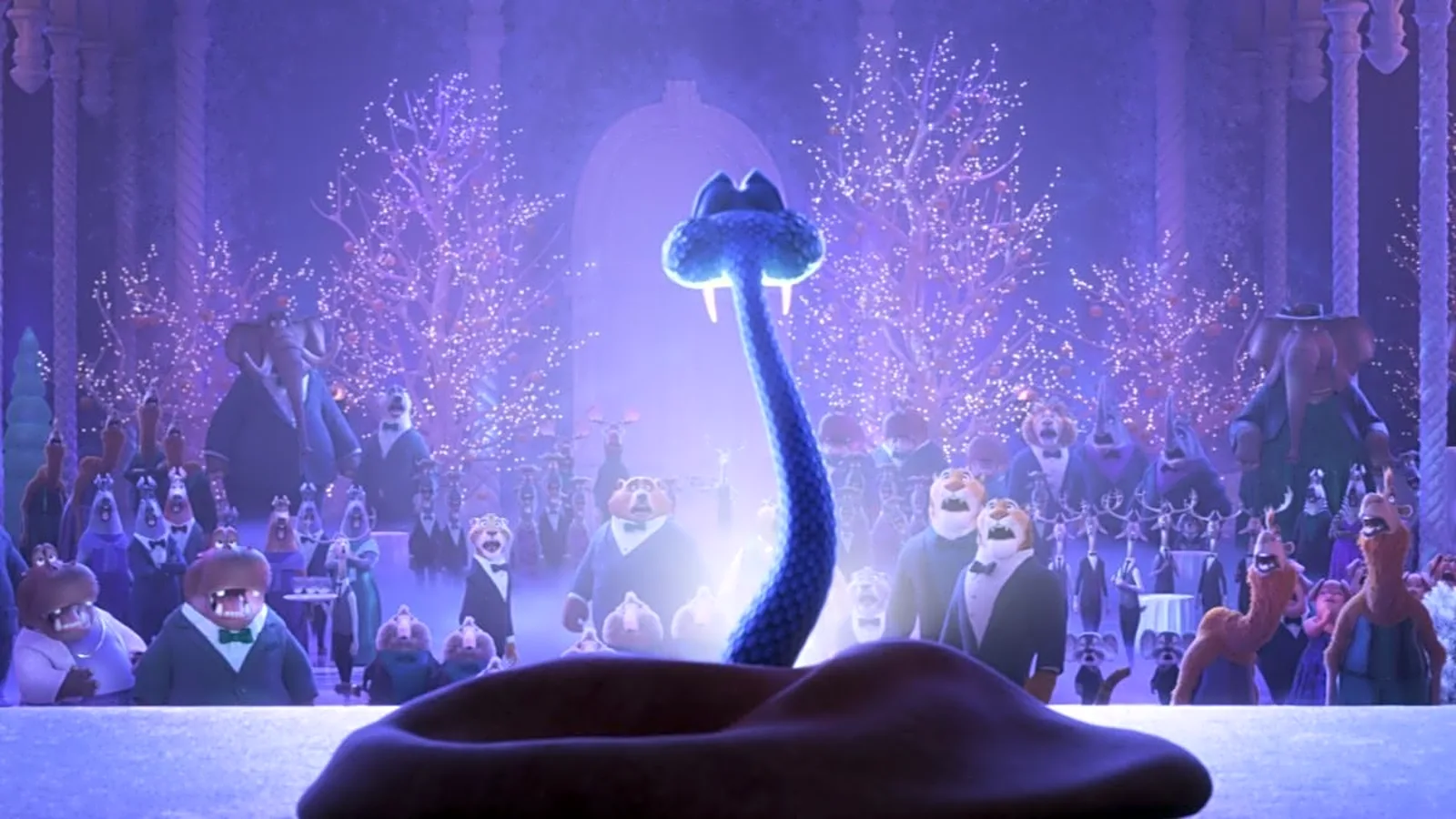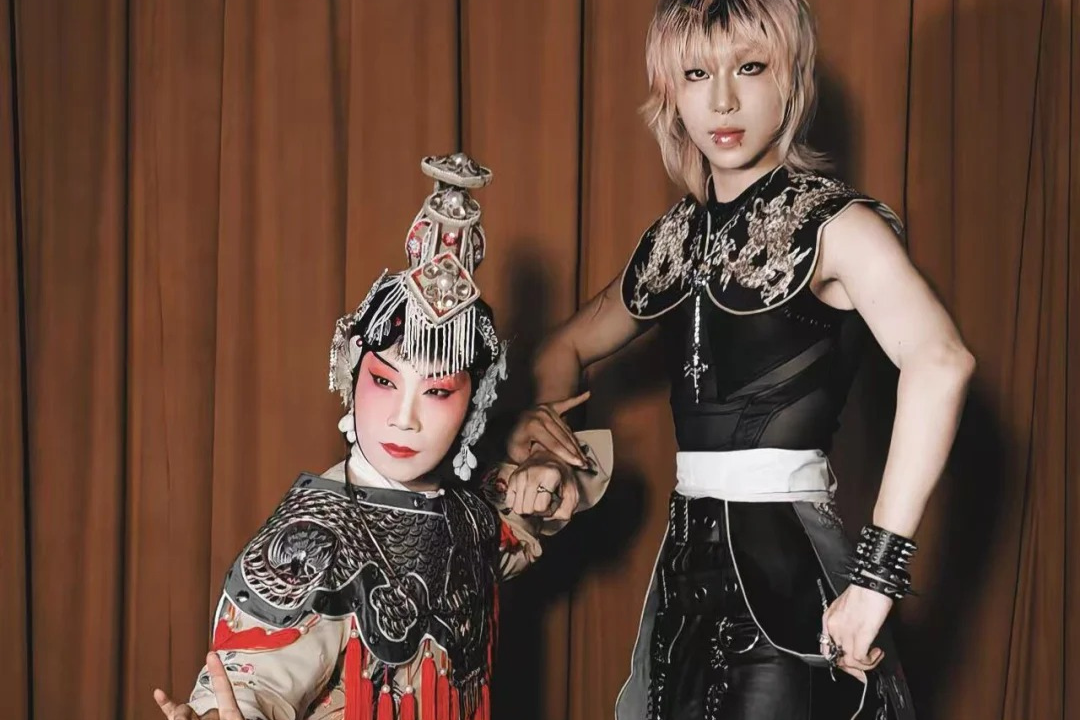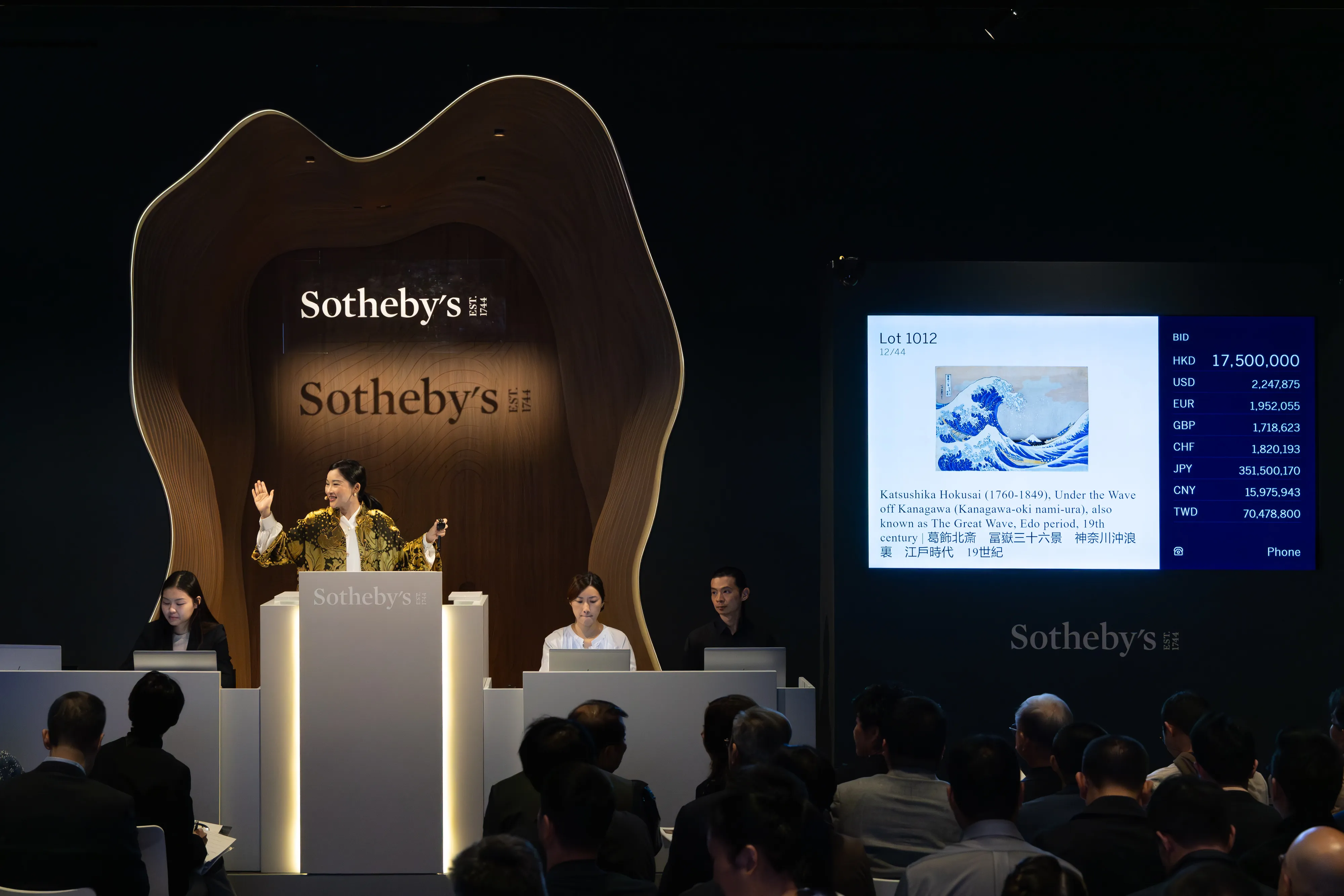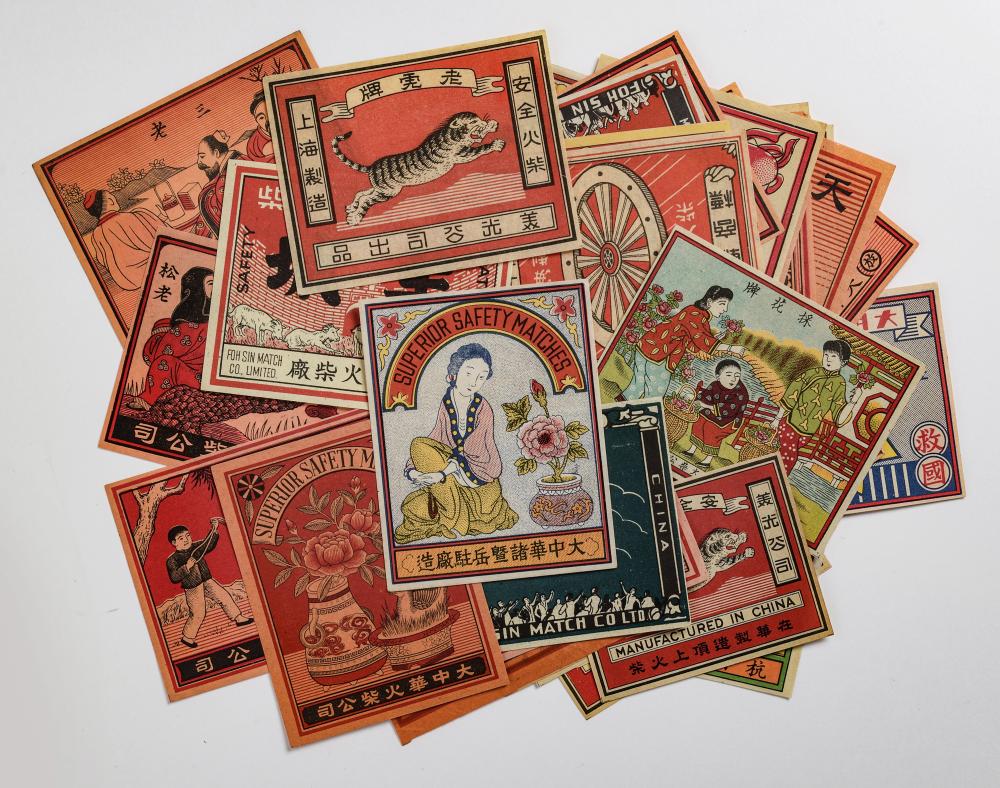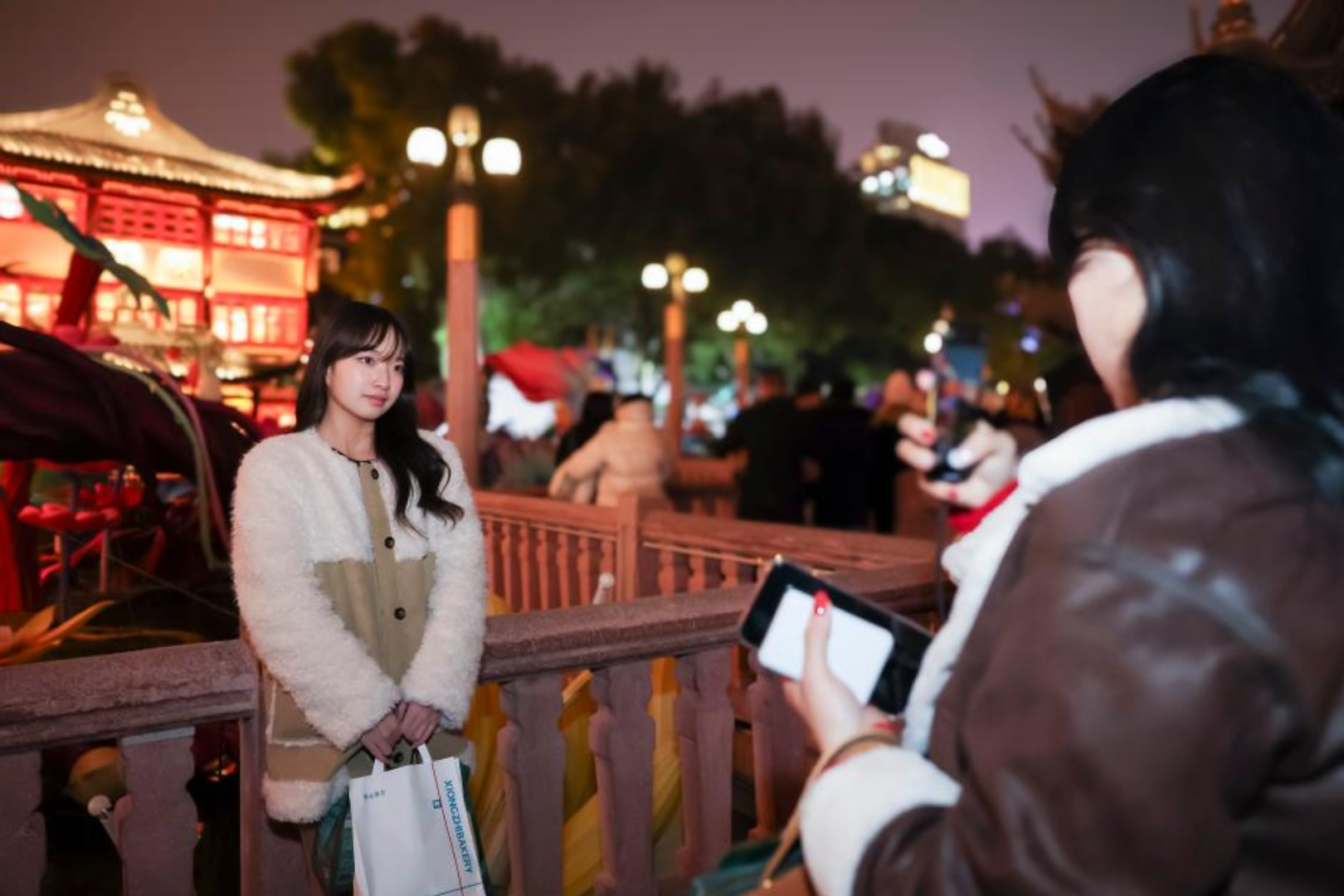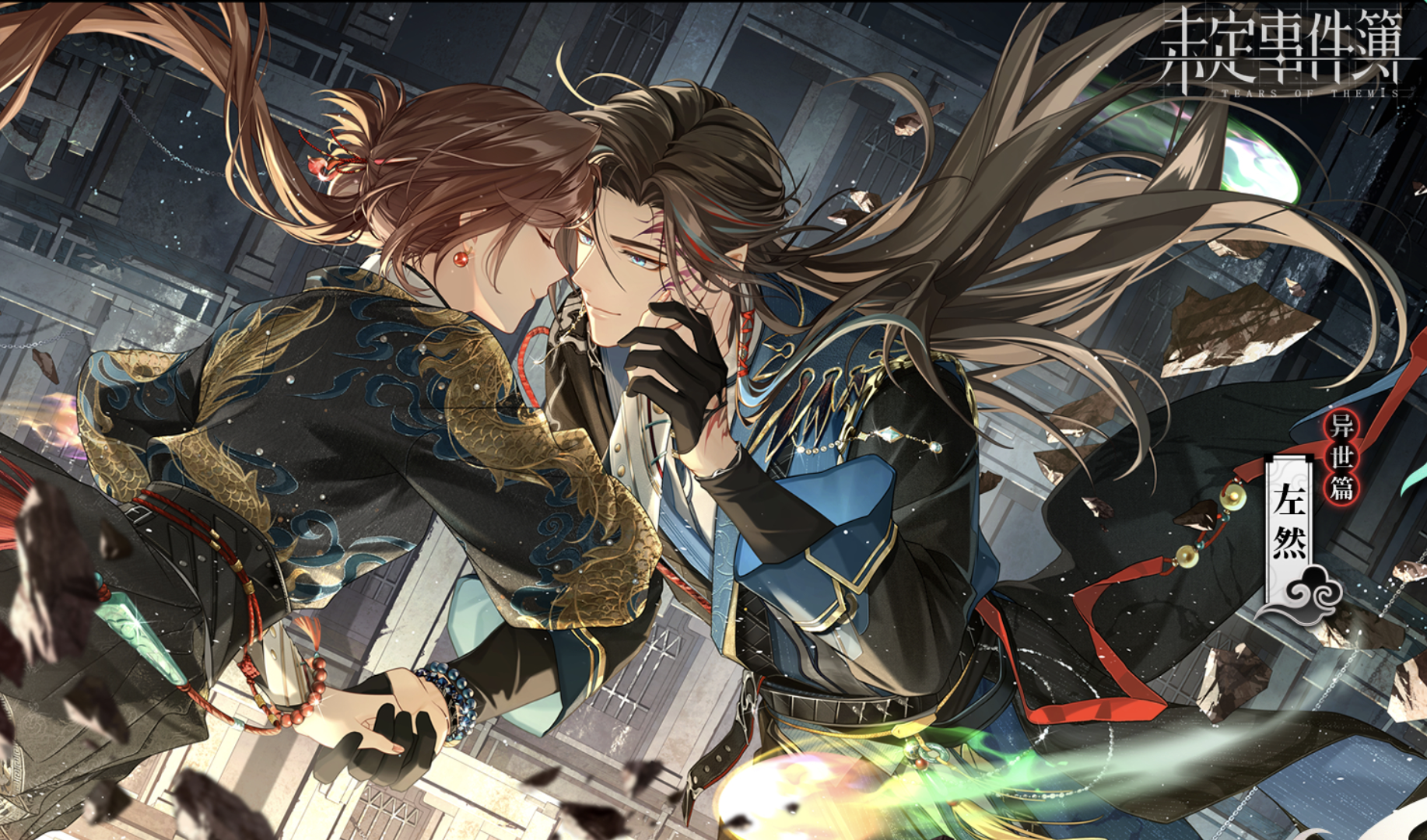For many who have spent enough time living in a city, there’s something oddly comforting about having your window out into the world be through a caged balcony with that humming AC unit and a row of potted plants. Even more so for those who grew up in the ’80s and ’90s; that very familiar combination immediately evokes a feeling of “home.”
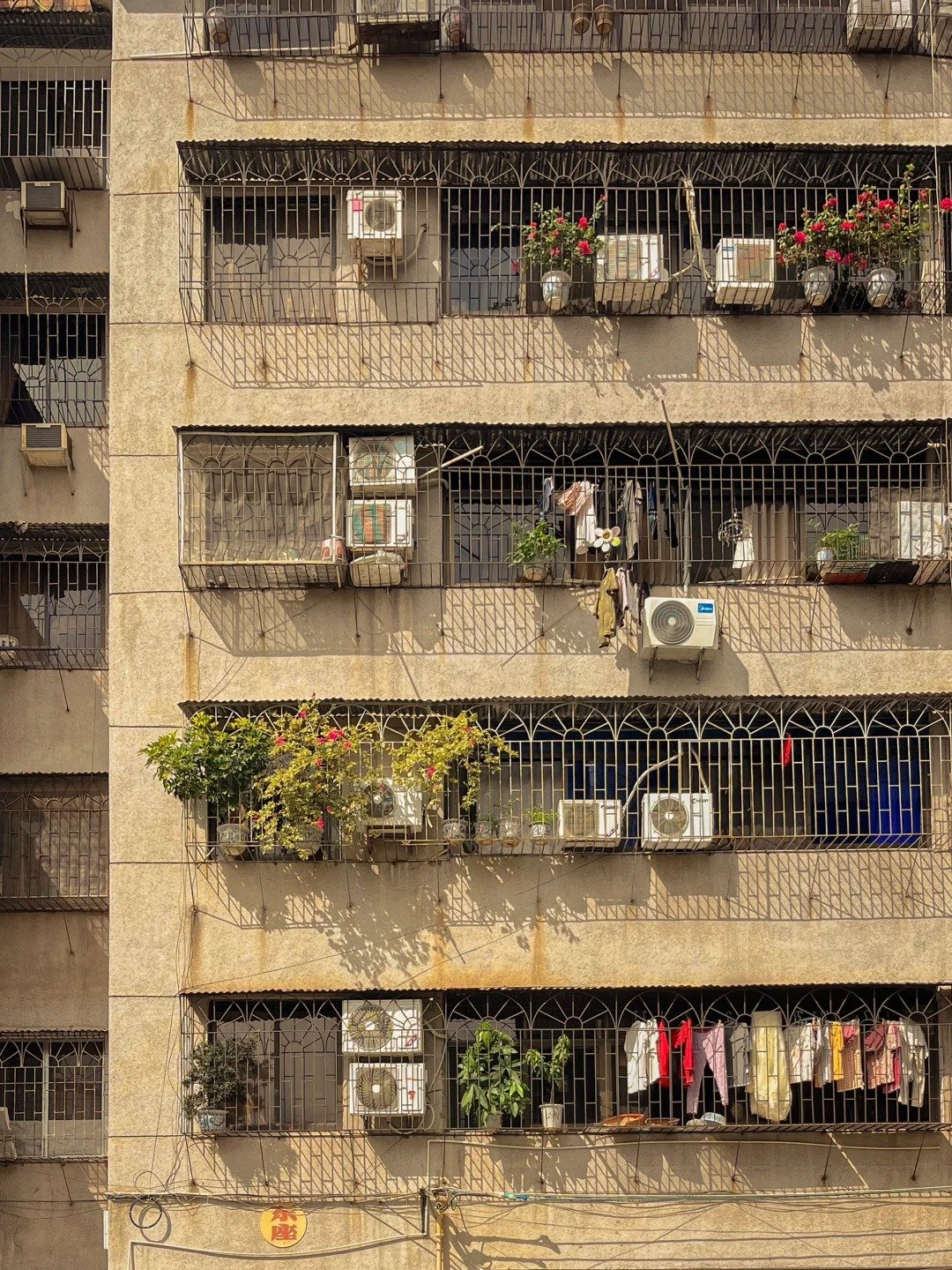
Just before the turn of the new century, China was experiencing rapid economic growth. Together with the massive migration from rural farming areas to cities, districts like Xincun (新村) were built for the influx of factory workers. Typically, buildings in these districts are about five to 12 stories high, with the aforementioned steel-caged balconies, which were dubbed “pigeon cages” by the people who lived in them.
In capturing their nostalgic essence, a miniature-model artist on Xiaohongshu, who goes under the handle 假装大人的阿叶, is turning these everyday facades into highly detailed art pieces. He’s recreating balconies from classic Chinese Xincun buildings, down to the laundry poles, weather-stained walls, and tiny satellite dishes.

While many are familiar with the red-brick apartment blocks typical in northern cities, the artist’s models, like the one featured above, are distinctly southern Chinese in style: tiled concrete exteriors, decorative metal cagework, and air conditioners mounted in clusters. That being said, the artist, in responding to the increasing demands from the comments, has promised more regional variations in the future.

Beyond nostalgia, these tiny danwei (AKA “work unit”)-era buildings are also for sale. Prices range from 100 to 300 RMB (around 13–41 USD), depending on the complexity of the model. They also ship from Guangdong, which is one of the provinces that preserves the most cage buildings in China — a fitting coincidence to the artist and his work. And they’re not just for display; they also have cool functions! You can turn the lights on and off, stick them on your fridge as magnets, or place them on your desk as decor.

“I’m not remembering anything else,” the artist wrote online. “Just the little me and my parents who were still young.” The models are, to both the artist and his fans, a materialization of people’s longing for a past era filled with hopes and optimism. For millions who grew up in the towering, cage-lined units of China’s rapidly urbanizing decades, this art hits home—quite literally.

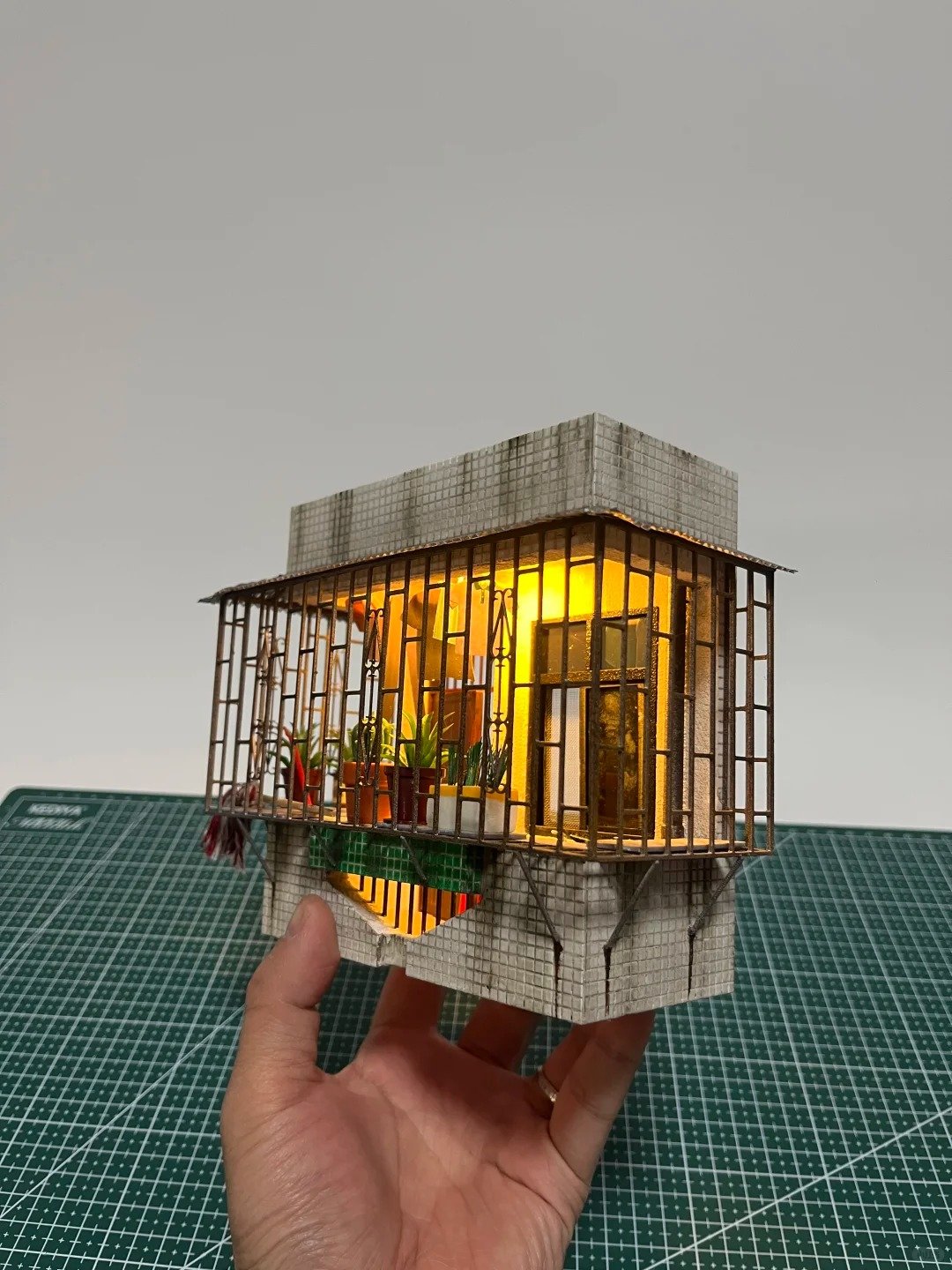
All images via Xiaohongshu @假装大人的小叶.
